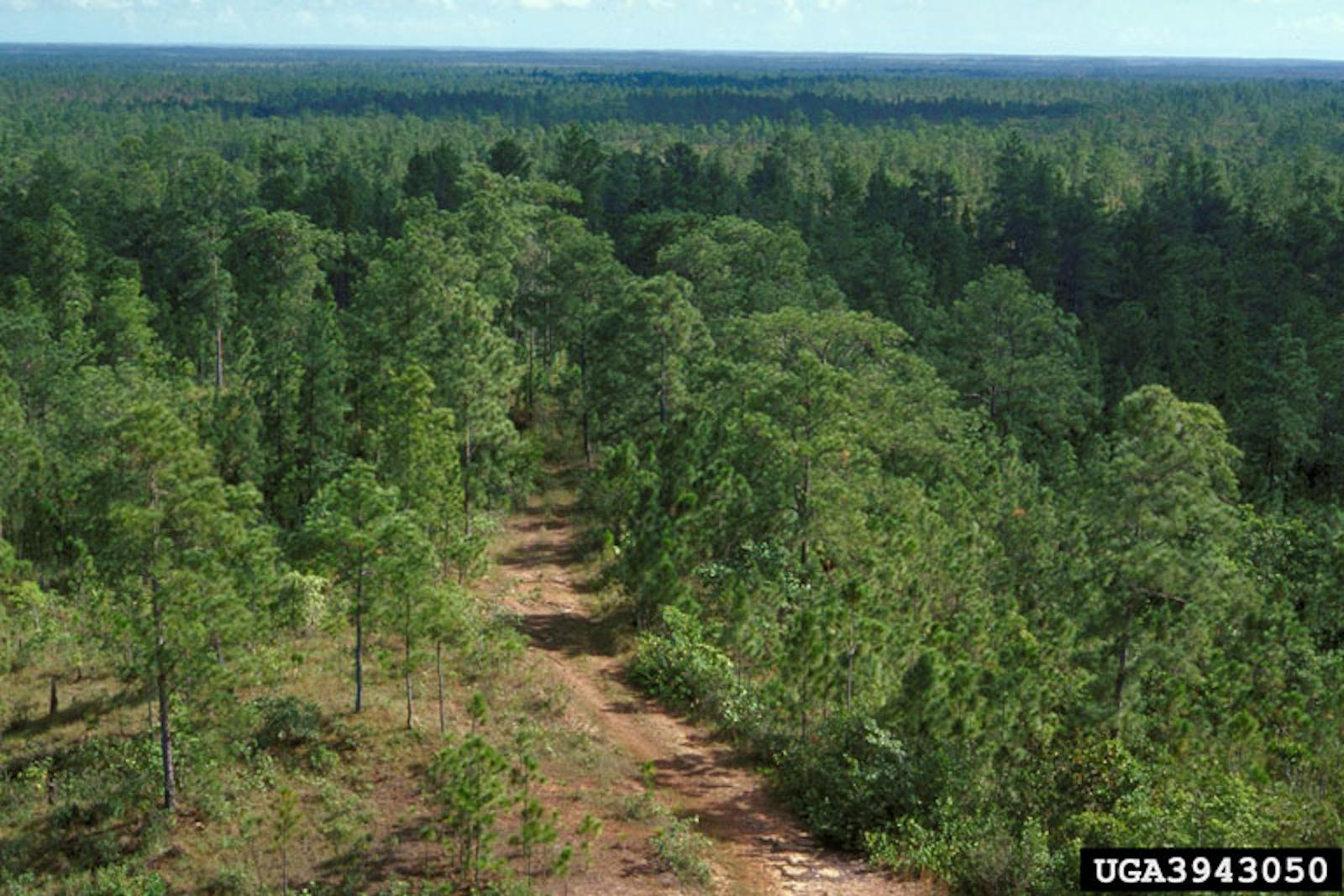Miskito Pine Forests
The ecoregion’s land area is provided in units of 1,000 hectares. The protection goal is the Global Safety Net (GSN1) area for the given ecoregion. The protection level indicates the percentage of the GSN goal that is currently protected on a scale of 0-10.
Bioregion: Central American Mixed Forests (NT25)
Realm: Central America
Ecoregion Size (1000 ha):
1,897
Ecoregion ID:
573
Protection Goal:
30%
Protection Level:
5
States: Nicaragua, Honduras
Puma, also known as the cougar, mountain lion, and panther, has a wide expanse of distribution throughout the Americas. The Miskito Pine Forest ecoregion serves as one of the major corridors connecting other ecoregions and as a hunting ground for this big cat. The open pine savanna allows the puma to easily move around, where herds of deer or peccary might be caught out in the open.
Pumas are known for burying their prey to keep away other scavenger before returning after several days. They play a very important role in maintaining a healthy prey population by removing sick, diseased, and older individuals.
_resized.jpg)
The flagship species of the Miskito Pine Forests ecoregion is the puma. Image credit: Creative Commons
These coastal pine forests of the Caribbean coast and of the Honduras and Nicaragua lowlands contrast sharply with the surrounding tropical moist forest, which is far richer in plant diversity. Bound on the north and east by the Caribbean and associated mangrove formations, and on the south and west by the transition to lowland moist forests, this distinctive ecoregion is home to the largest track pine-savanna habitat in the Neotropics.
Due to a combination of poor soil and frequent burning, the ecoregion is dominated by a single species, Caribbean pine. In wetter portions of the ecoregion, where the fires have less impact, thickets of evergreen palm are common. On the edges of the ecoregion, closer to the coast, the dry savanna grasses intermix with wetter Paspalum pulchellum, Tonina fluviatilis, and the carnivorous zigzag bladderwort.
Species endemism is presumed to be low, as in most lowland regions of Central America, and so is species richness. Nevertheless, the ecoregion is a potential movement and dispersal corridor for species preferring open and drier habitats, such as the puma, because of the uniqueness of its habitat in the region. Other important species that occur here include white-tailed deer, jaguarundi, and jaguar. Fire has always been a major disturbance factor that maintains the openness of the savanna, and has allowed the Caribbean pine to flourish in the southern-most natural occurrence of the genus Pinus.
While a small portion of Miskito Pine Forest is represented by one Nicaraguan extractive reserve, no other protected areas are located in this ecoregion.
It is difficult to assess in the intactness of habitat in Miskito region. Local indigenous populations have been burning the savanna to stimulate growth of grasses and maintain a more open condition for hunting and pest control for many generations. While natural fires have always been important to the ecosystems, the potential negative impacts of the increased frequency of fires have not been evaluated. Other than the fire regime, the ecoregion remains largely in its natural state.
Human populations in the region are low and are mostly oriented towards the sea for food resources, as the poor quality of the soil discourages agricultural development. Another important threat to the ecoregion is industrial logging, which is growing in importance as alternative sources of wood are being exhausted.
The priority conservation actions for the next decade will be to: 1) increase the number and capacity of protected areas in the region; 2) conduct research to determine human impacts to the area; and 3) restrict the amount and impact of extraction by the timber industry and encourage sustainable practices.
Citations
1. Powell, G. Palminteri, S. Schipper, [AM1] J. 2019. Central America: On the Caribbean coast of Honduras and Nicaragua https://www.worldwildlife.org/ecoregions/nt0306 Accessed June 25, 2019.
2. Cardenal Sevilla, L. 1994. Informe de País Nicaragua: Diversidad y Prioridades. In A.Vega (editor), Corredores Conservacionistas en la Región Centroamericana: Memorias de una Conferencia Regional auspiciada por el Proyecto Paseo Pantera. Tropical Research and Development, Inc. Florida.
3. Harcourt, C. and J. Sayer. 1996. The conservation Atlas of tropical forests: The Americas. Simon & Schuster, New York.


